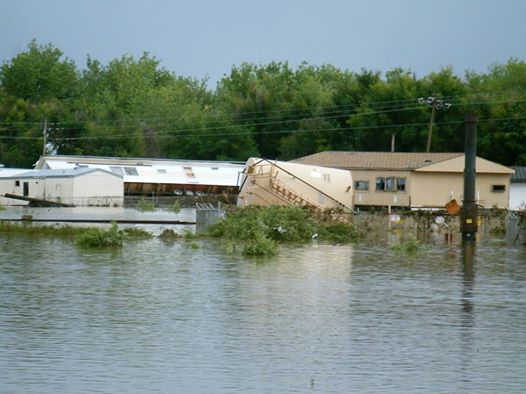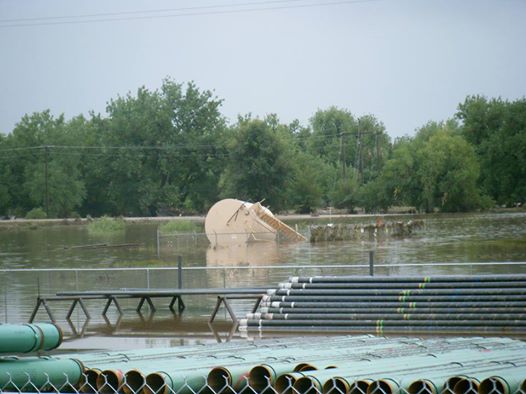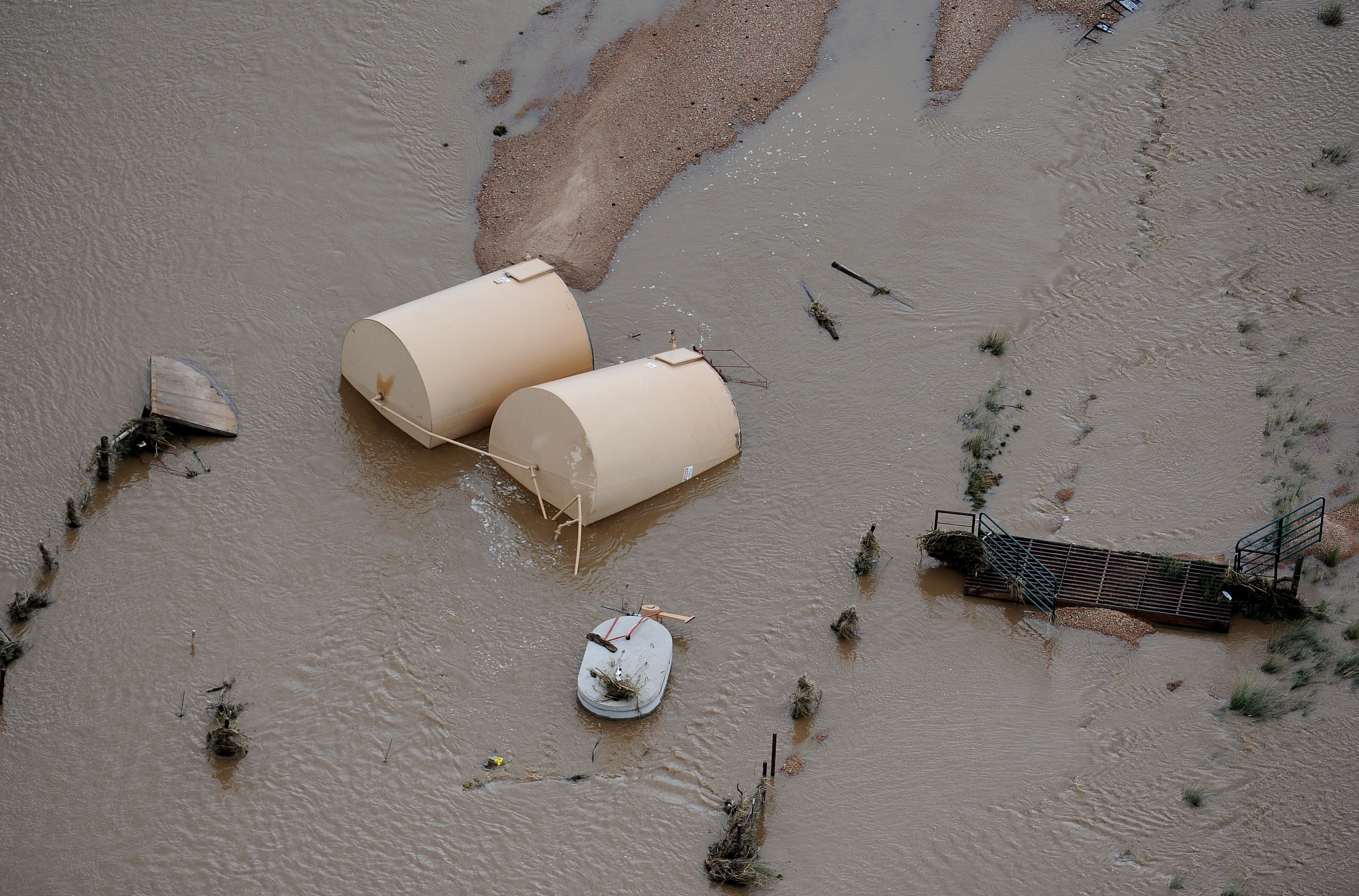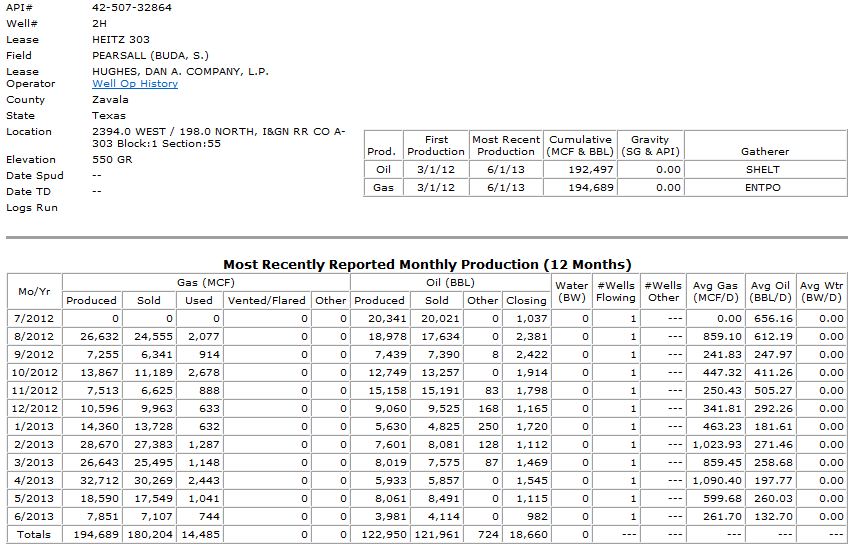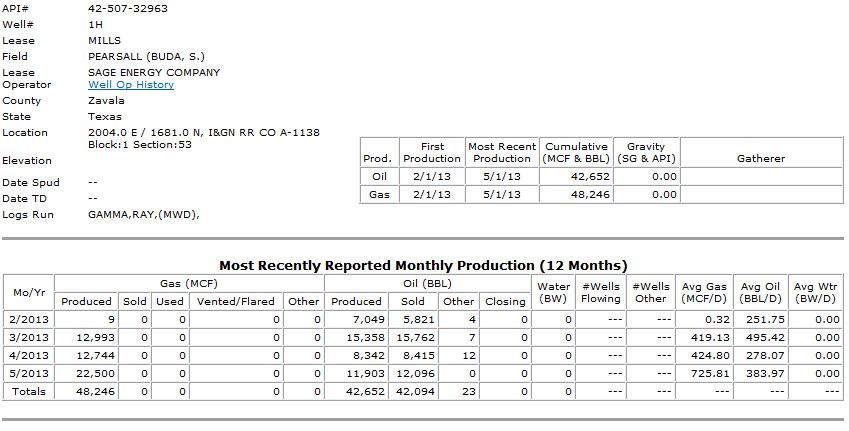Last week I attended the State Bar Annual Advanced Oil, Gas and Energy Law Conference in Houston. This year is the 75th anniversary of the Oil, Gas and Energy Section of the Texas Bar (older than the State Bar itself), and there was a special dinner to honor the occasion, at which Daniel Yergin spoke. He is the author of the Pulitzer-prize-winning book The Prize, a history of the global prusuit of oil, money and power — a great read. More recently Yergin published his follow-up, The Quest: Energy, Security, and the Remaking of the Modern World, updating the history of global energy production and demand from the first Gulf War to the present.
Some tidbits from Yergin’s talk: politically, the biggest risk to the industry is the opposition to hydraulic fracturing — not a big issue in Texas, but a huge issue in eastern states and California — and the pressure for increased federal regulation of drilling. The biggest practical challenges to the industry in the US are dealing safely with wastewater from oil and gas operations, and, in some parts of the US, the industry demand for fresh water for fracing. Once again, peak-oil predictors have been proven wrong, by the triumph of technology. Texas has long been a leader in the industry not only because of its abundance of natural resources but also because of private ownership of oil and gas and the development of the legal theories and framework for the industry by the Texas bar and courts in the 20th century.
To see Yergin’s “world energy timeline, click here.




